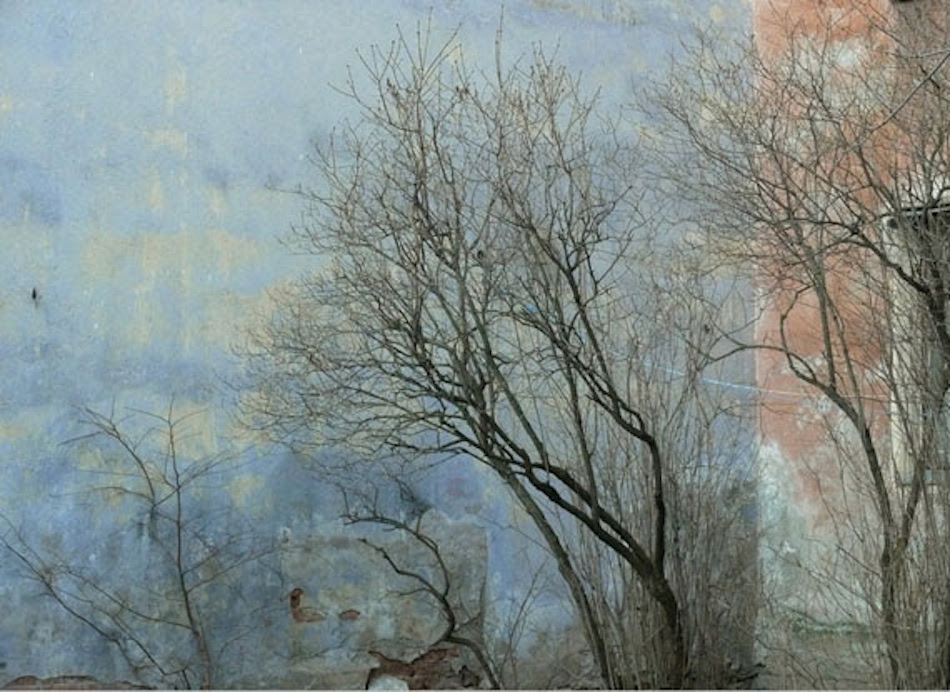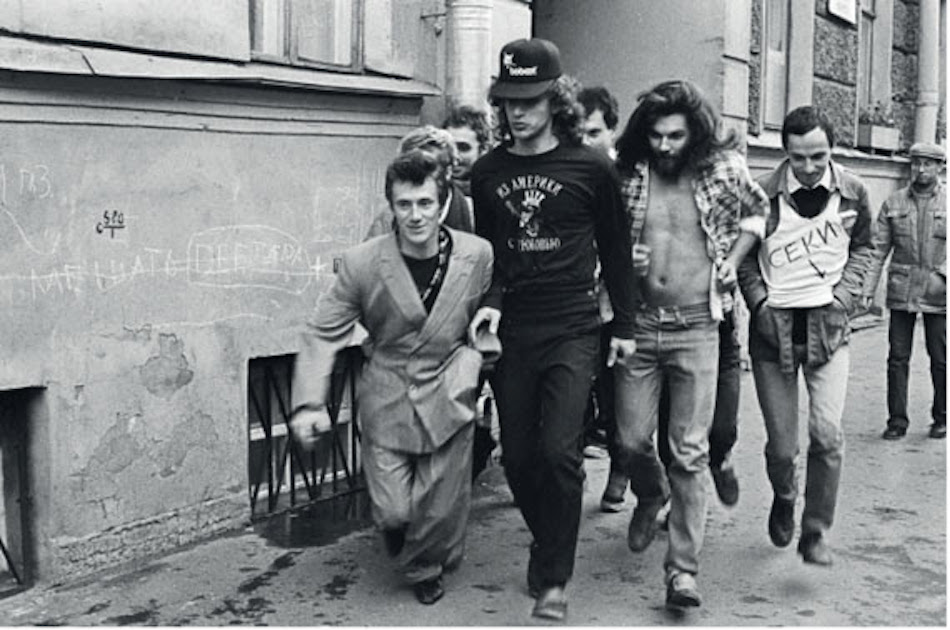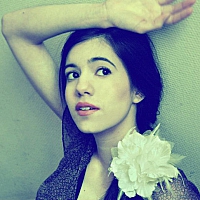
© Dmitry Konradt
Expositions du 16/5/2016 au 29/5/2016 Terminé
White Space Gallery St Peter's Church, Vere Street W1G ODQ London Royaume-Uni
Dmitry Konradt trained as a geologist and went on to become one of St Petersburg’s most famous photographers. After his celebrated black and white images of performers on and off stage at the legendary Leningrad Rock Club, he switched to cityscapes and began working in colour in the 1990s.White Space Gallery St Peter's Church, Vere Street W1G ODQ London Royaume-Uni
Depicting St Petersburg inevitably involves understanding the city’s many myths. During its first century, from Peter the Great to Nicholas the Second, it was an ‘Exhibition of Imperial Achievements’, a new capital erected in the subarctic desert, while the St Petersburg of Gogol, Dostoevsky and Blok was a new Babylon, suppressor of its ‘little man’. For the literary activists and artists of Mir Iskusstva it was a northern Rome, a symbol of Russian generosity and sensitivity, and for Soviet artists and photographers it was Leningrad, a city of Lenin. For those who rejected anything and everything Soviet it was a beautiful ruin of the golden year 1913.
Konradt began taking pictures of St. Petersburg at a time when local photography was dominated by the great Boris Smelov, a Piranesi of the pre-Perestroika Leningrad. The St Petersburg of Smelov’s aesthetic was dark, gloomy and cold, a megapolis collapsing from neglect, with the marbles of the Summer Garden all cracked: a city of low skies, cold water and frozen canals.
.jpg)
© Dmitry Konradt
Konradt never forgets this vision but has a different aperture and a different perception. He seems to recall his first profession and everything he photographs – crumbling courtyards, fire-walls, playgrounds, makeshift garages and broken tiles on stairwells – looks like the geological stratification of multi-coloured rocks. His spaces are always enclosed rather than panoramic, overlaid with layers of cultural fragments.
His is a St Petersburg of calm and peace, where nothing changes apart from the seasons; it is a stage devoid of actors. It is also unexpectedly gentle and tender, with hope glimmering through its colour.

© Dmitry Konradt
Konradt is an artist with deep roots. His predecessors are American photographers of the 1970s (primarily William Eggleston) with their new colour photography depicting the crumbling signboards, abandoned barns and buzzing flies of Alabama and Georgia. Konradt’s tonality and penchant for the unfinished resembles the tradition of a group of Leningrad painters calling themselves Krug (Circle): Pakulin, Rusakov, Poret. Their subject was not a city of imperial grandeur but one of backyards, and their paintings were not depressive and gloomy like Mstislav Dobuzhinsky’s, but lived-in and homely.
Konradt is one of few artists who alter our focus. We start seeing common sights from a different angle; we notice what we once failed to see: a life that still bursts through in the Piranesian ruins.


